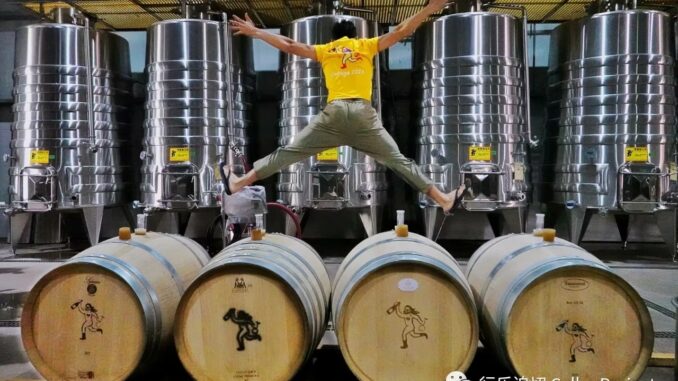
The past half-dozen years have seen a growing number of winemakers in China exploring far beyond the Bordeaux-style wines that defined the industry a dozen years ago.
These typically young winemakers still use such varieties, but show more attention to fruit freshness and expression, and leverage other grapes, from Italian Riesling, Viognier and Vidal to Syrah, Black Muscat and Dornfelder.
Many tend toward low-intervention — natural yeast, low or no sulfur, and so on. And to a newer wave of consumers buying for taste as opposed to that long dominant niche focused on status.
One is Jack Zhang, winemaker at The Cellar Project, which he founded in October 2022 in Ningxa’s Jin Shan (Gold Mountain) area with a goal of “quality wines that are light-hearted and slightly rebellious.”
In the Q&8 below, I ask Zhang why he picked Ningxia, how he gets freshness in his wine, who are his core consumers and whether or not the “natural wine” trend in China is over, as some claim.
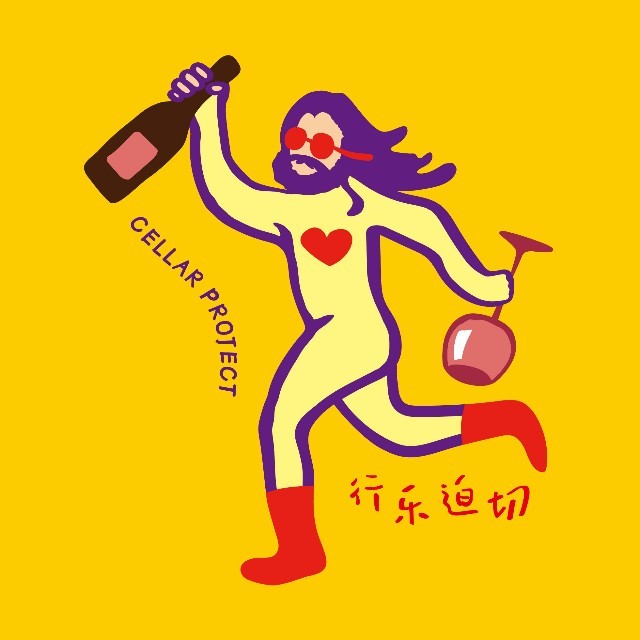
Why did you establish your base in Ningxia instead of a place like Yunnan, Shandong or Hebei, and why the Jin Shan / Gold Mountain region?
Ningxia is the most advanced fine wine-producing region in China, in terms of supply chain and grape supply. The cost of production in Ningxia is likely more viable than Yunnan, whereas Shandong and Hebei do not share the same level of regional reputation among mass consumers.
Therefore, the total advantages of Ningxia are apparent enough for people like myself to go there and set up a startup winemaking business.
The reason for choosing the Jin Shan (Gold Mountain) sub-region is purely because I was looking for Cabernet Franc grapes and only found parcels meeting my standard in that area. It is quite a minor variety in the region.
I’m not particularly in love with the microclimate of Jin Shan, simply because it comes with excessive heat, but the result for my Cabernet Franc was fine.
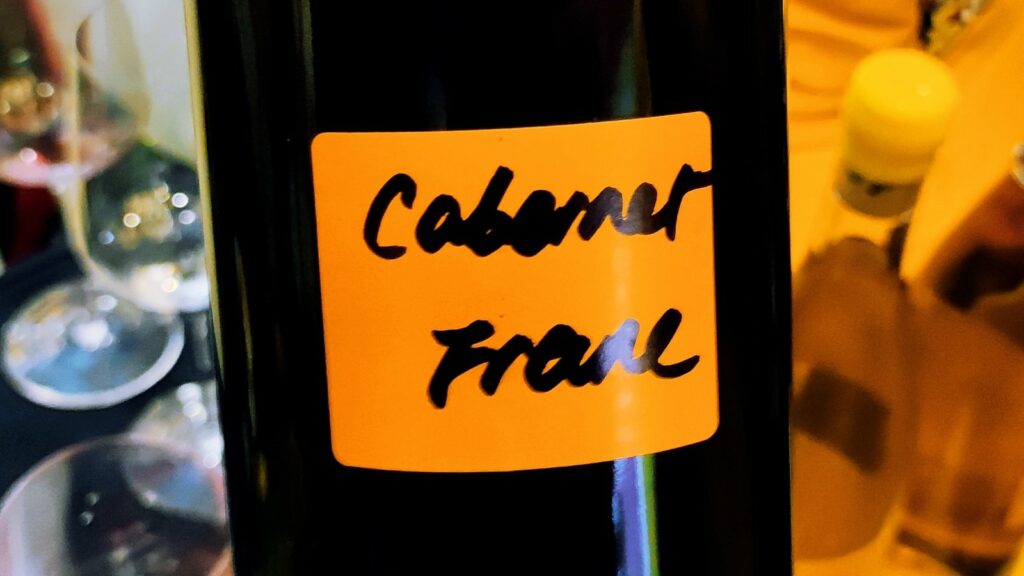
Given that hot dry sunny climate, people fret over harvest times, vineyard yields and sugar levels. What is your strategy for dealing with those factors and maximizing freshness?
First, make sure to harvest in the very right window, to meet my particular style, because Ningxia tends to have a short harvest window. Grapes can get overripe within a couple of days.
Secondly, adjust the acid and sugar levels in the must when necessary.
Third, use innovative methods to extract, in order to have more subtle instead of aggressive tannins.
You bring winemaking experience from Australia. What key lessons from Down Under have you applied? (Zhang studied wine marketing at University of Adelaide, was export director for Southern Vintners & Negociants and made wine in McLaren-Vale.)
Never be afraid of making adjustments when necessary. Wines are for drinking and perhaps better with higher drinkability rather than an endless emphasis on concentration.
Australian regions are often warm as well, but with modern techniques and stylistic choices, wines are becoming fresher, with a primary focus on fruit rather than oak and tannins. This really leverages overall drinkability, which I believe Chinese winemakers should take into serious consideration, too.
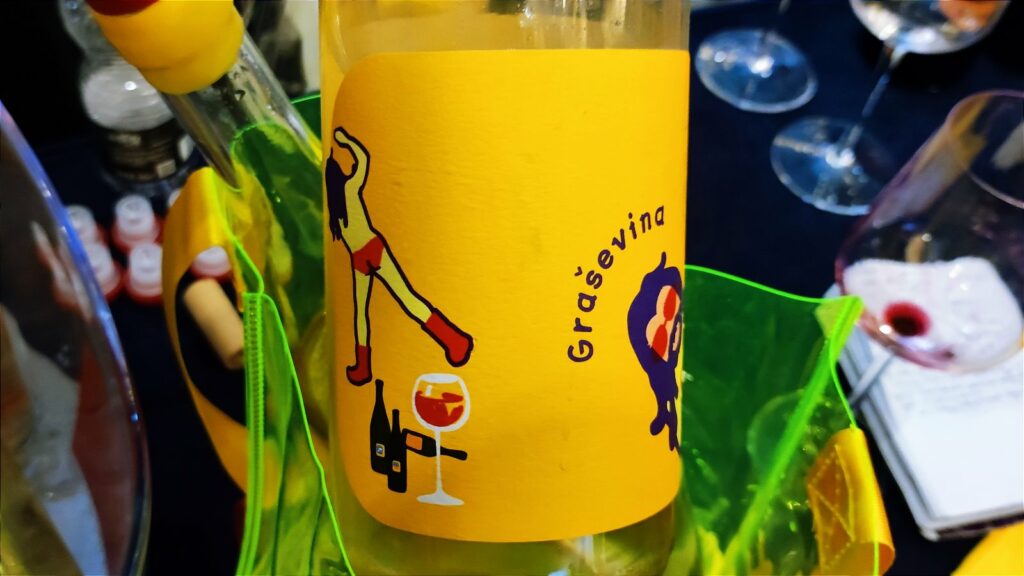
Your wines are quirkier than most in China in terms of styles and labels. Who is the typical buyer?
I only make a tiny volume each year, therefore I do not need to pay particular attention to mass market consumers. The niche market that I aim for is mostly the younger generation of wine consumers, who are not willing to invest a large amount of time to study to gain extremely deep wine knowledge. Bistro-style restaurants, mostly in the first- and second-tier cities, are very welcoming of my style of wines.
I’ve heard trade people say natural wines, pet-nats and so on are declining–usually people not involved with those wines. Do these wine niches have legs in China?
I don’t think the more naturally made wines and lower intervention wines are declining, but rather the poorly made and stinky ones among them are fading in the market, as people really got tired of faulty aromatics and excessive acetic acid.
With my training, the wines I make can be both low intervention as well as free of faults, to ensure they represent the variety and terroir well enough.
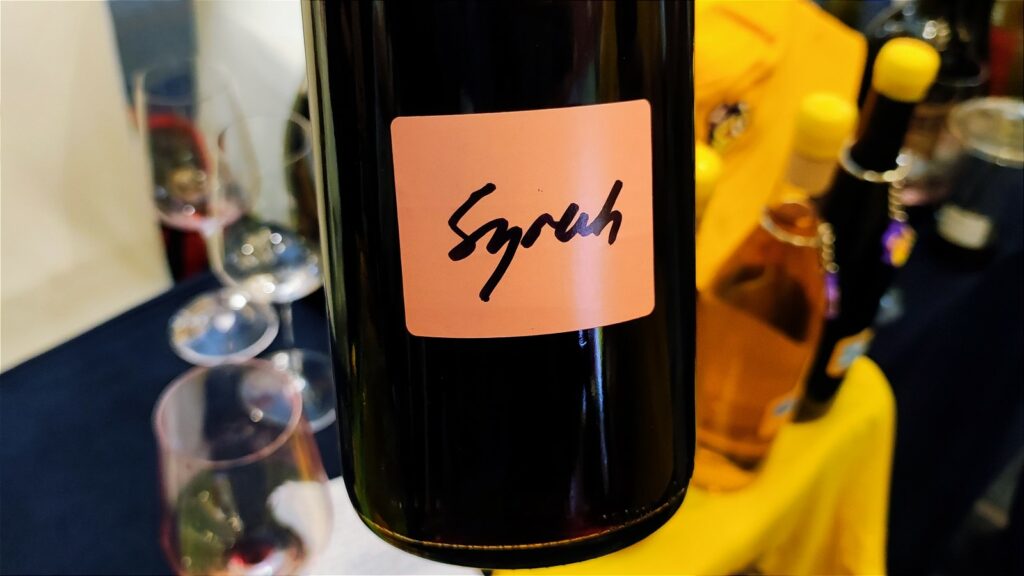
There is lots of talk about what grapes are best for Ningxia. What variety do you think holds the most potential?
Syrah and Carmenere are promising as far as I can see. They both need warmth to ripen well and can keep vibrant acidity at the same time, which suits Ningxia’s climate well.
And I have tasted wines made from these two that can match world-class standards, despite some not selling at reasonable prices.
I was really surprised by the rich blue fruit in your 2023 Cabernet Franc and Syrah barrel samples. Is that particular to the 2023 vintage or something consistent across vintages?
I believe blue fruit is generally associated with these two varieties, and in fact, 2023 was not a very warm vintage for Ningxia. I pay much attention at extraction and aeration during the alcoholic fermentation, which I believe helped with retaining these blue fruit aromatics. And I reckon the rich blue fruit character will be associated with my wines consistently year in and year out.
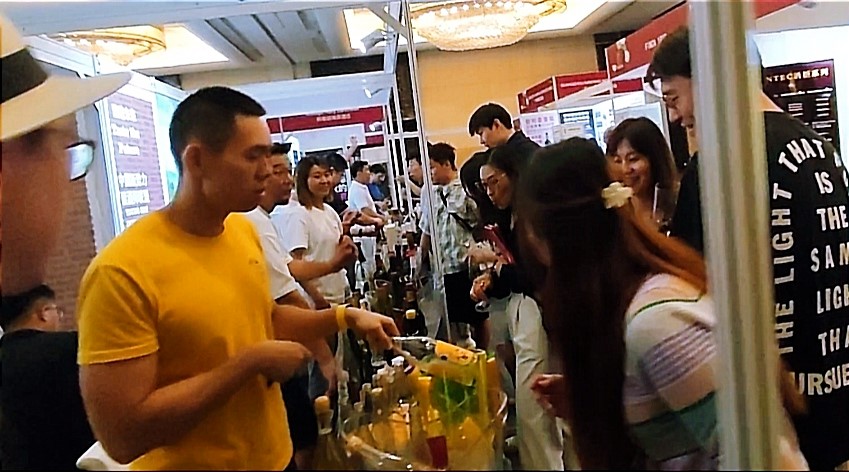
You recently participated in the Young Generation: China Wine (YGCW) section at ProWine Beijing. What is your experience partnering with YGCW and other smaller producers in China?
I was one of the first members to join YGCW after its formation last year. I appreciate the work ethic and youthful energy of people in the group, and am friends with most of them, which provides us more opportunities not only to taste but also learn from and visit each other. I believe YGCW will be a strong force to drive Chinese wines, especially among younger consumers and the export market.
Read more Q&8s here.
Grape Wall has no sponsors of advertisers: if you find the content and projects like World Marselan Day worthwhile, please help cover the costs via PayPal, WeChat or Alipay.
Sign up for the free Grape Wall newsletter here. Follow Grape Wall on LinkedIn, Instagram, Facebook and Twitter. And contact Grape Wall via grapewallofchina (at) gmail.com.

Leave a Reply
You must be logged in to post a comment.